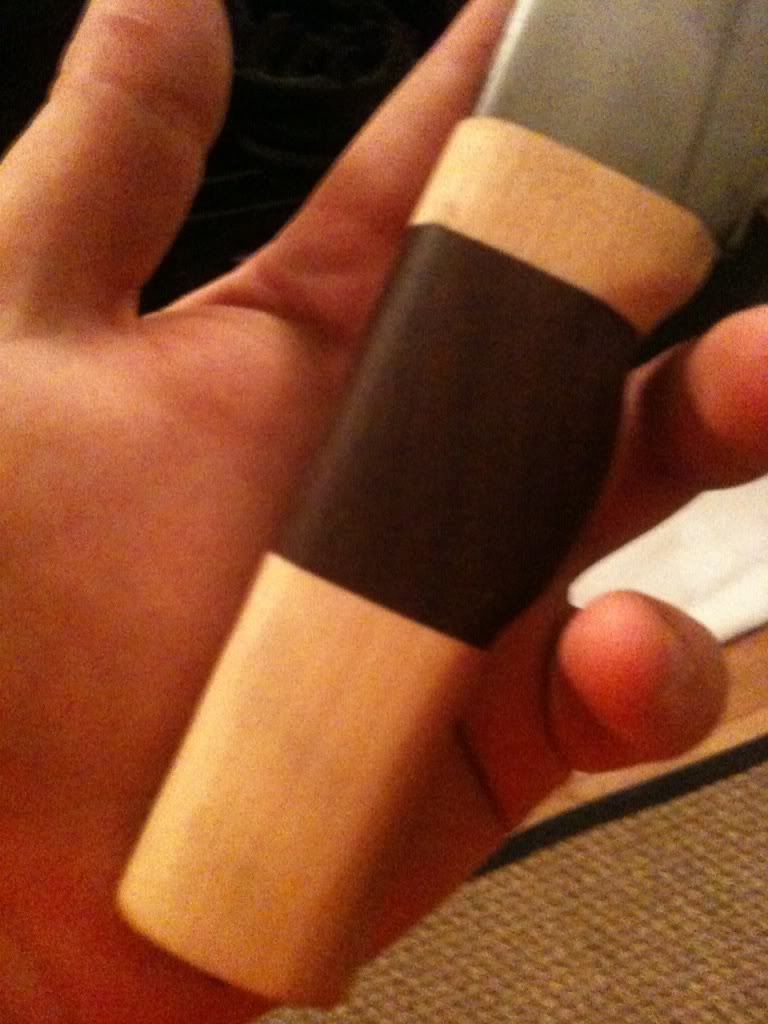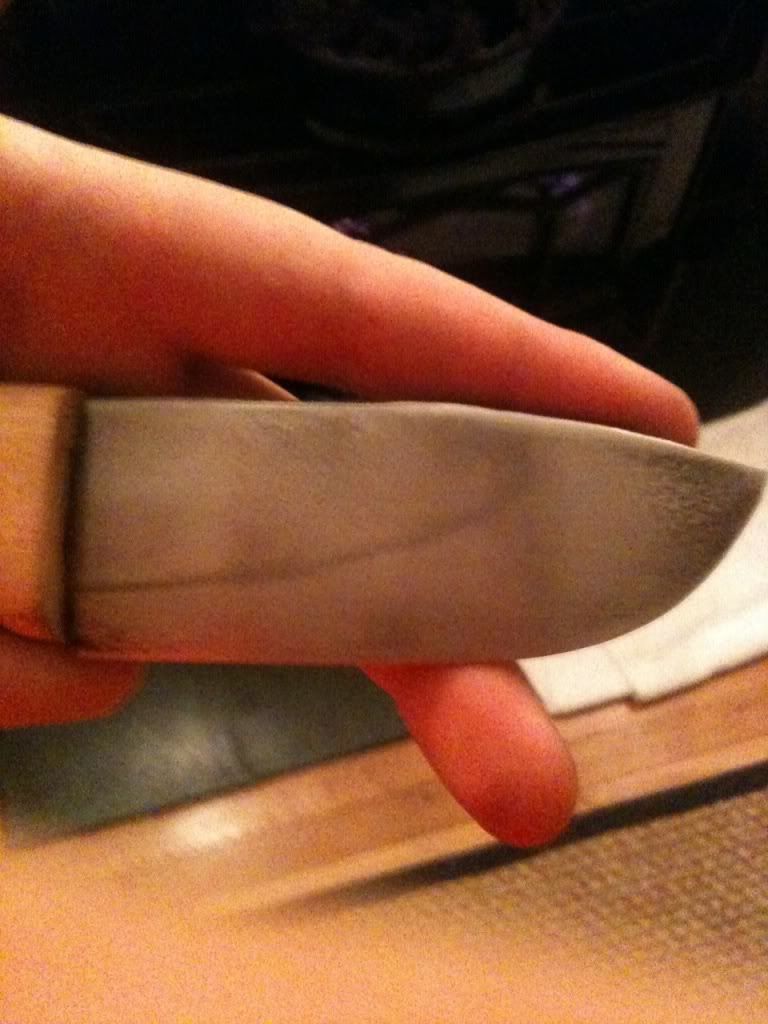Results 1 to 10 of 20
Thread: Not really a razor
Threaded View
-
10-18-2010, 11:57 PM #1Junior Member

- Join Date
- Aug 2010
- Location
- CT
- Posts
- 17
Thanked: 1 Not really a razor
Not really a razor
But it is still sharp and shiny. A hunting knife from 5160. the handle is Ipe maple, and hickory.





 LinkBack URL
LinkBack URL About LinkBacks
About LinkBacks






 Reply With Quote
Reply With Quote